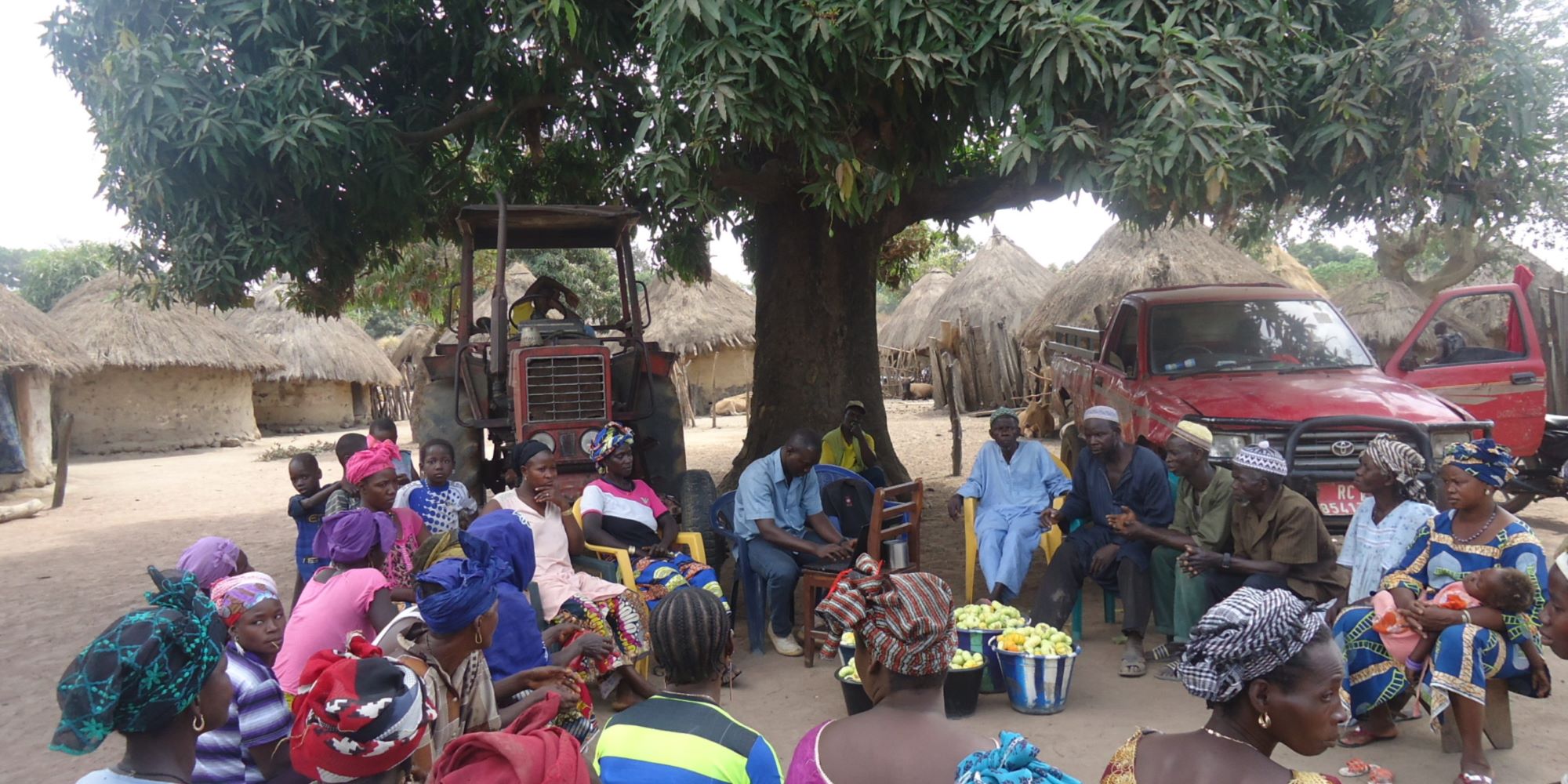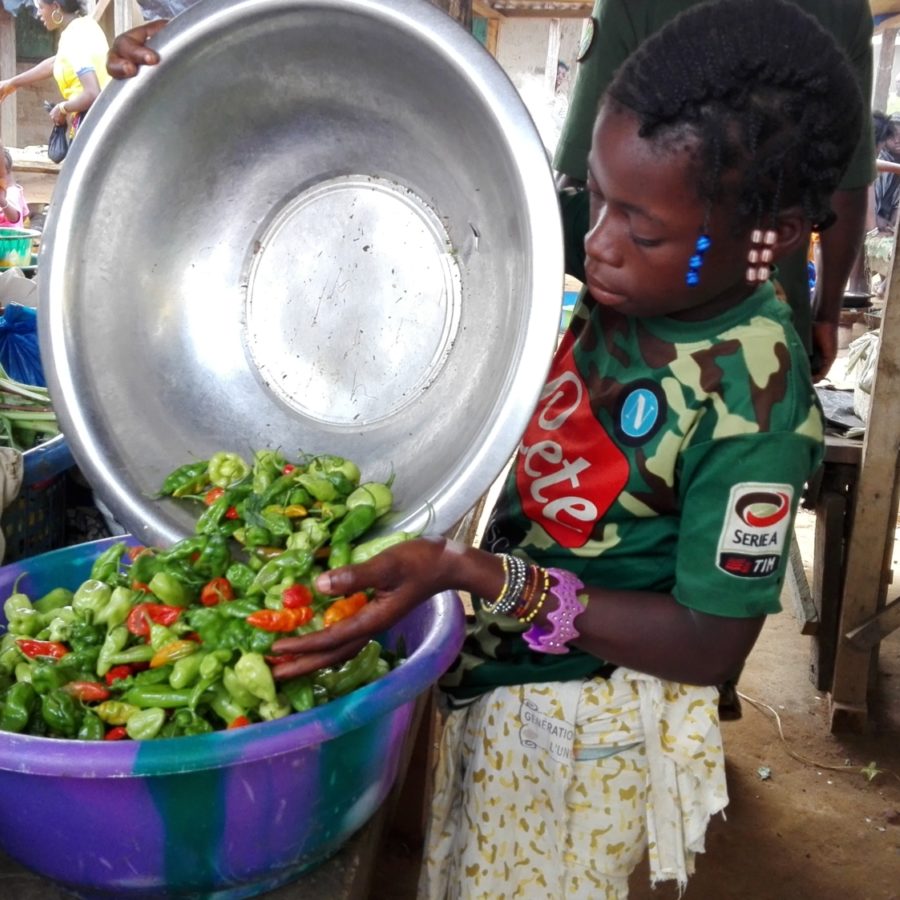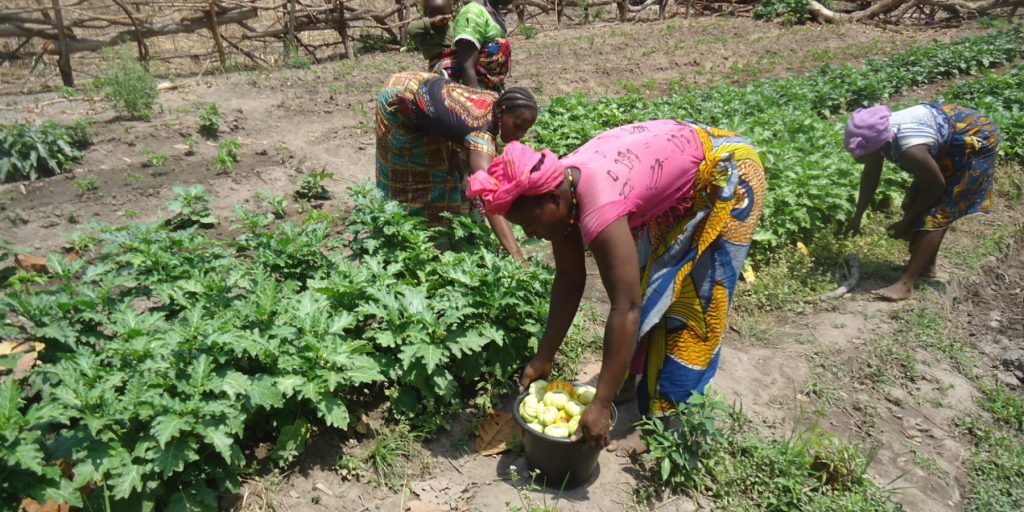
Protecting Flora and Fauna in Guinea
UNOPS, 25 May 2021
Poaching, bush fires and illegal logging have long threatened large parts of Guinea’s forests, but an unlikely group of men and women have stepped up to protect the country’s rich natural resources.
Guinea’s famous high-forest cover spans the Niger National Park in upper Guinea and the Biosphere Reserves of Ziama Massif and Mount Nimba. It covers 23 percent of the country and extends into north-eastern Sierra Leone.
Man-made threats to local biodiversity have caused the disappearance of large tracts of fertile land. The influx of refugees from neighbouring countries has put additional pressure on the environment and natural resources.
A few years ago, the Government created a new unit of elite forest rangers to protect Guinea’s rich biodiversity. Ex-combatants, former military personnel, senior conservators and young professional groups make up the diverse unit. In total, 290 rangers and 29 officers were selected, equipped and deployed to the forests.
These men and women deter poachers. They also educate local communities on the benefits of preserving certain tree species or not hunting for bush meat.
This is not a job for everyone. The guards work long hours in difficult conditions. Sometimes, they are away from their families for days or weeks at a time.
Faya Nestor Kondiano is an elite paramilitary environmental ranger in Ziama Forest. He tells us what his job is like:
“Our patrols can last up to eight hours a day and not necessarily follow a pre-defined route. Sometimes, we can stay out in the field for two or three nights while on patrol.”
He continued: “We go everywhere on foot, sometimes walking 15 or 20 kilometres a day. The forest is dense and humid. The visibility is not great. We are not armed but we can come across men who are, like poachers with machetes, or men cutting wood to build shelters for their families. These are the conditions we work in.”
I’ve really enjoyed the development of the community projects like developing the vegetable plots and the soap making for women. We have a role in educating people that have little means, to understand the direct impact they have on the forest and the environment.”
Faya Nestor Kondiano – an elite paramilitary environmental ranger in Ziama Forest
A recurring challenge for Faya and others like him is convincing local communities on the value of protecting the environment. People who live on the fringes of these forests depend on the firewood, bush meat, fodder and small timber to support their way of life. Resources found in the forest help people generate an income.
Supporting the rangers’ protection work often means that these communities have to change deep-set habits, find new ways to make a livelihood and even move further away from the forests’ edge.
The rangers play a vital role in bringing about this change.
“I’ve really enjoyed the development of the community projects like developing the vegetable plots and the soap making for women. We have a role in educating people that have little means, to understand the direct impact they have on the forest and the environment,” explained Faya.
Initially met with resistance, the idea slowly took hold in communities.
Collette Brivogui lives in Ziama and learned a number of new skills. Among them, how to build fuel-saving stoves:
“The trainer explained to us that the forest is shrinking and we are putting too much pressure on it. I know I was using a lot of wood before. The fuel-saving stoves have reduced the amount of wood we carry.
“We learned about soap making, growing vegetables and learning to manage earnings.
“I’m trying to teach my daughters and my husband what I’ve learned. We’ve talked about starting a vegetable plot.
“We have lived here all our lives and the village cannot go anywhere but we have to change our habits.”

